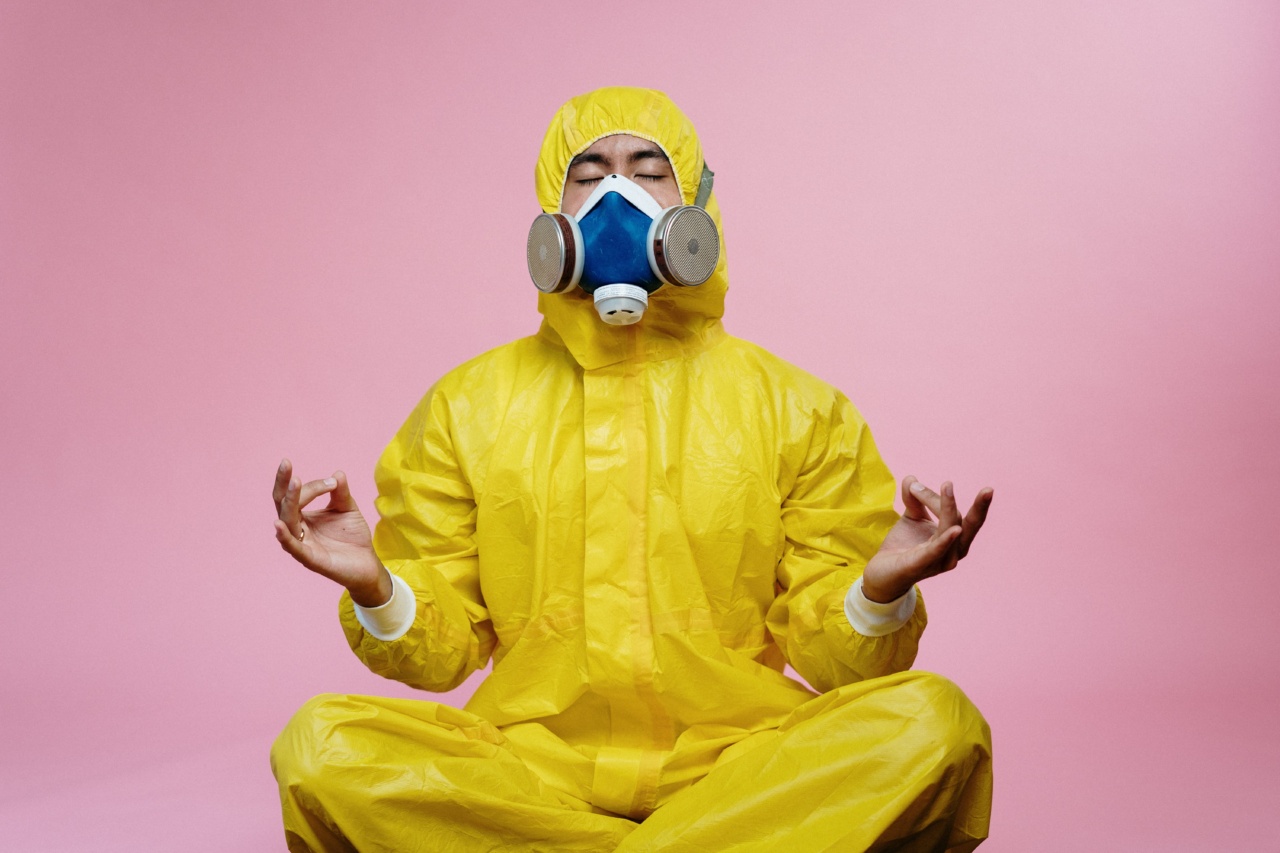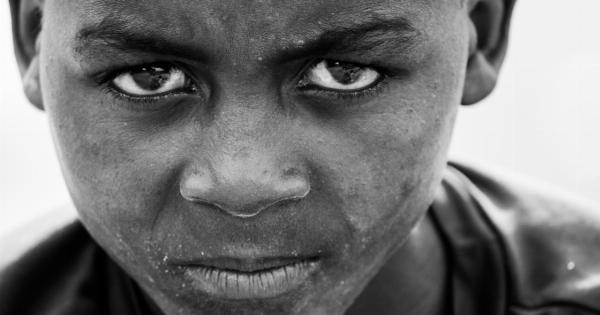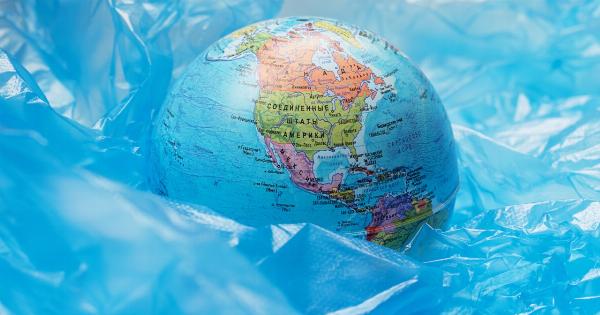Personal care products such as shampoos, lotions, creams, and soaps are an essential part of our daily routine. However, many of these products contain harmful chemicals that can have a negative impact on our health, particularly in children.
Parents often unknowingly expose their children to these chemicals, not realizing the potential dangers they pose. In this article, we will explore some of the most common dangerous chemicals found in personal care products and their effects on children’s health.
1. Parabens
Parabens are a group of widely used preservatives in personal care products. They mimic estrogen hormones in the body and have been linked to hormonal imbalances and reproductive issues.
Studies have found parabens in the urine of children, indicating exposure through personal care products.
2. Phthalates
Phthalates are chemicals used to improve the flexibility and longevity of personal care products. They are commonly found in fragrances, lotions, and nail polishes.
Multiple studies have identified phthalate exposure as a potential risk factor for asthma, developmental issues, and hormonal disruptions in children.
3. Sodium Lauryl Sulfate (SLS) and Sodium Laureth Sulfate (SLES)
SLS and SLES are surfactants that create foam and lather in many personal care products such as shampoos and body washes. They can cause skin irritation, eye damage, and scalp problems in children.
Additionally, during the manufacturing process, these chemicals can be contaminated with a carcinogen known as 1,4-dioxane.
4. Formaldehyde
Formaldehyde is a preservative commonly found in personal care products, particularly in nail polishes and hair straightening treatments. Exposure to formaldehyde can cause allergic reactions, skin irritation, and respiratory issues in children.
Prolonged exposure to high levels of formaldehyde may even increase the risk of cancer.
5. Triclosan
Triclosan is an antimicrobial agent frequently used in personal care products like soaps and toothpaste. It has been linked to disruptions in the endocrine system as well as antibiotic resistance.
Studies have also shown that exposure to triclosan may negatively affect children’s immune system and increase the risk of allergies.
6. Artificial Fragrances
Artificial fragrances are widely used in personal care products to enhance their scent. However, these fragrances often contain phthalates, which we discussed earlier.
Phthalates in fragrances can easily be absorbed through the skin and are known to disrupt hormonal regulation in the body.
7. Retinyl Palmitate
Retinyl palmitate is a form of vitamin A commonly used in sunscreens and moisturizers. However, when exposed to sunlight, it can produce harmful free radicals that can damage DNA and potentially increase the risk of skin cancer.
While it is generally considered safe in low concentrations, prolonged or excessive exposure to retinyl palmitate can be dangerous, especially for young children.
8. Coal Tar
Coal tar is often found in anti-dandruff shampoos, creams, and ointments. It is a known carcinogen and has been linked to skin cancer.
Prolonged exposure to coal tar can also lead to skin irritation, photosensitivity, and other skin-related issues in children.
9. Oxybenzone
Oxybenzone is a common ingredient in sunscreens that helps absorb UV rays. However, it has been associated with hormone disruption and allergic reactions.
Studies have also found oxybenzone to be present in breast milk, suggesting potential exposure to infants through breastfeeding.
10. Lead
Lead, a highly toxic heavy metal, has been found in certain lipsticks and other cosmetics. Children are especially vulnerable to lead exposure, and it can lead to learning disabilities, developmental delays, and behavioral issues.
Even small amounts of lead can have significant impacts on child health.




























